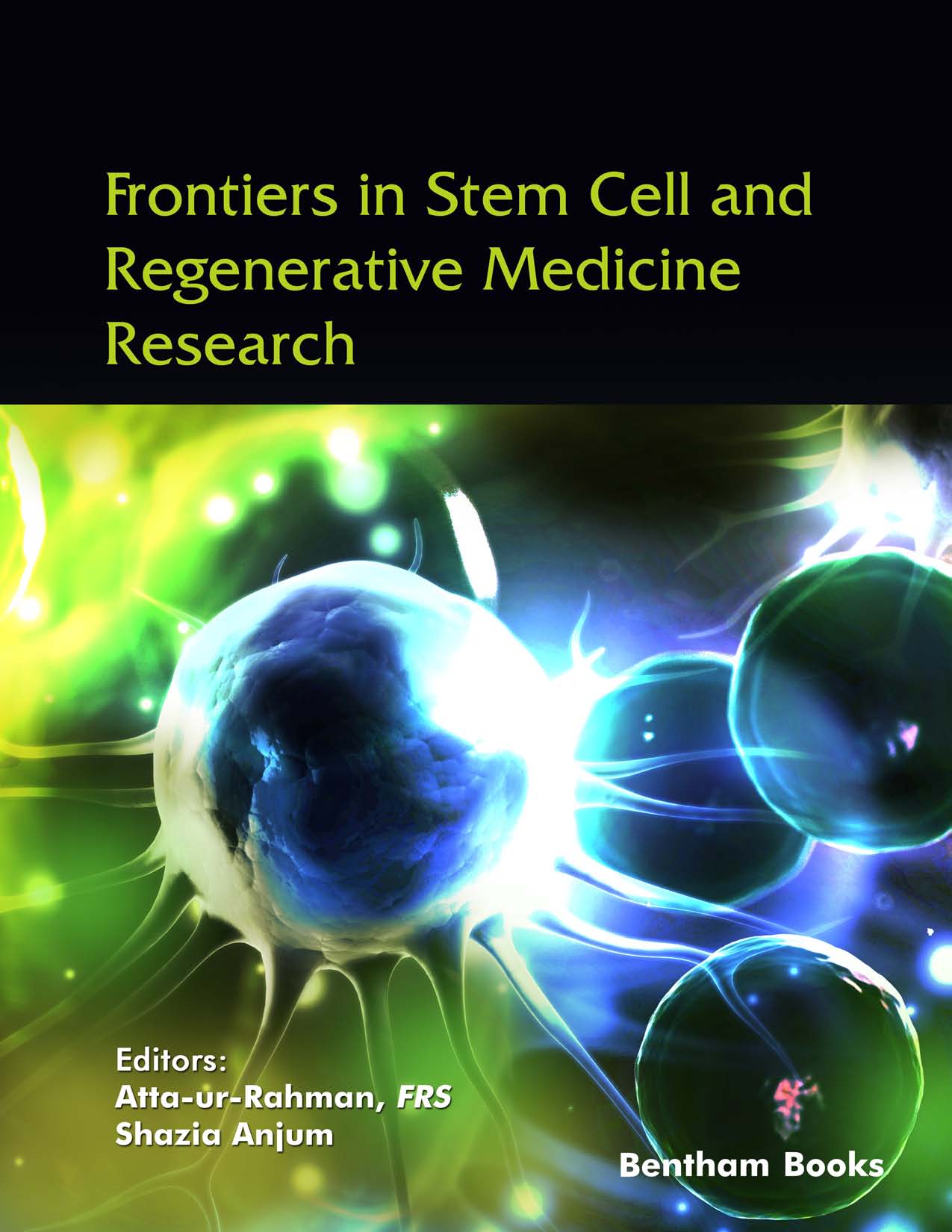Introduction
Stem cell and regenerative medicine research is an important area of clinical research which promises to
change the face of medicine as it will be practiced in the years to come. Challenges in the 21 st century to
combat diseases such as cancer, Alzheimer’s disease and retinal disorders, among others, may well be
addressed employing stem cell therapies and tissue regeneration techniques. Frontiers in Stem Cell and
Regenerative Medicine Research is essential reading for researchers seeking updates in stem cell
therapeutics and regenerative medicine.
This volume includes current literature on a variety of topics:
-the utility of exogenous and endogenous neural stem cells in spinal cord injury
-somatic cells for human induced pluripotent stem cells (iPSCs)
-reactive oxygen species (ROS) mediated cellular signaling for stem cell differentiation
-the therapeutic potential of microRNAs in cardiac diseases
-stem cell therapy for the treatment of malaria

